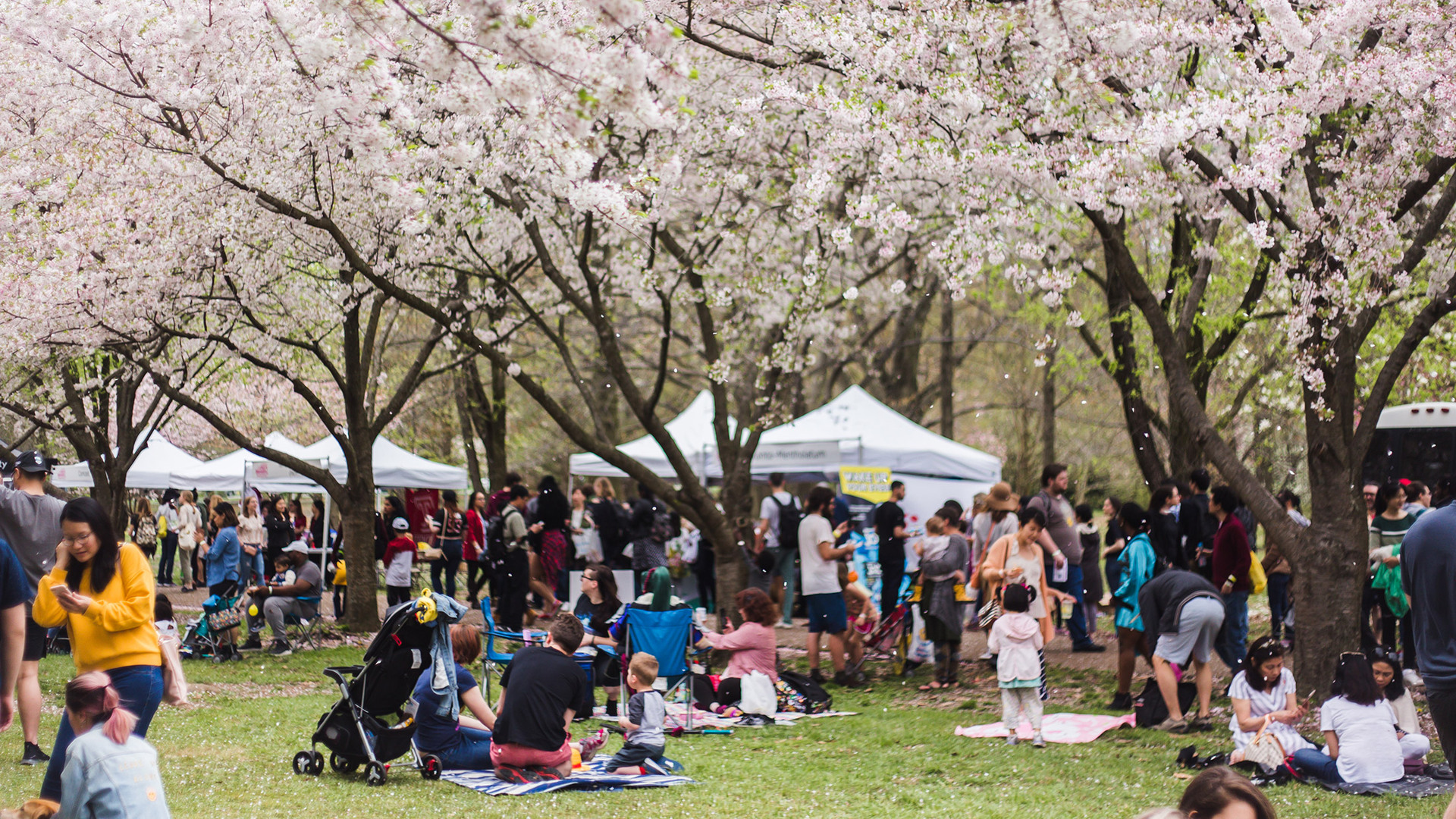
FAQ About Cherry Blossom Festivals
How do cherry blossoms differ from other types of flowers?
Transience: One of the most significant distinctions is the short-lived blooming period of cherry blossoms. The flowers typically bloom for a brief period, usually lasting for a week or two. This transience is a key aspect of their symbolism in Japanese culture, representing the fleeting nature of life.
Clustered Blooms: Cherry blossoms often appear in clusters, forming dense bunches of flowers along the branches of the cherry tree. This clustered arrangement contributes to the stunning visual impact when the tree is in full bloom.
Five Petals: Cherry blossoms typically have five petals per flower. While this is not universal for all cherry blossom varieties, the five-petal structure is a common characteristic.
Pale Pink to White Color: The color of cherry blossoms varies depending on the specific variety of cherry tree, but they commonly range from pale pink to white. The delicate and soft hues contribute to their visual appeal.
Serrated Edges: Cherry blossom petals often have serrated or toothed edges, adding texture and detail to the appearance of the flowers.
Almond-Shaped Buds: Before the flowers fully bloom, cherry buds are often almond-shaped. These buds gradually open to reveal the blossoms.
Alternate Leaf Arrangement: Cherry trees typically have alternate leaf arrangement, where leaves are positioned alternately along the branches rather than opposite each other.
Cherry Fruits: Following the bloom of cherry blossoms, the trees produce small fruits known as cherries. While cherry blossoms are admired for their beauty, the fruits are also valued for various culinary purposes.
